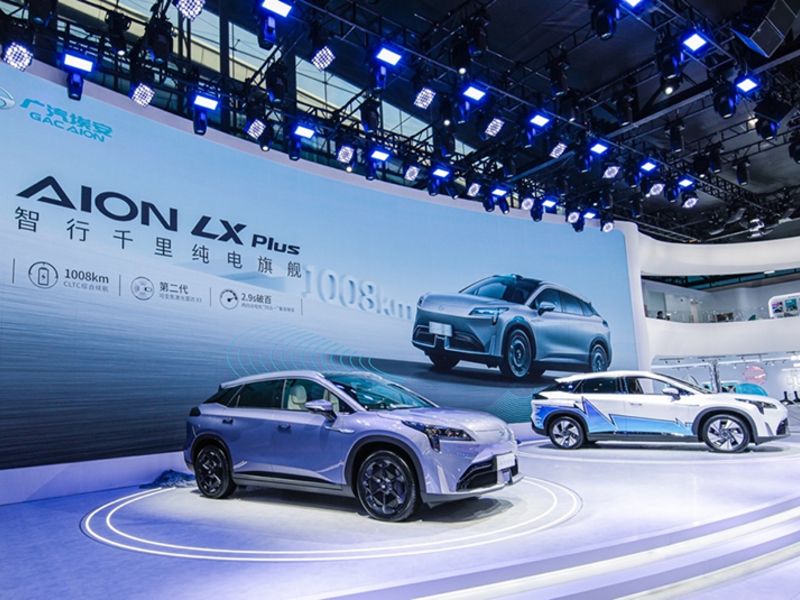
SHANGHAI — The Chinese market for full electric vehicles and plug-in hybrids — some 12 years old now — expanded 120 percent to nearly 3 million cars and light trucks in the first 11 months of the year.
But it is way too early to call winners and losers as the explosive market emerges from infancy into adolescence while so far drawing limited participation from global brands.
China’s EV market took root in 2009 with the support of Beijing’s generous subsidy program.
Despite exponential growth, the market is still young and its potential will be tested in the post-subsidy era.
Even with the latest cut in June 2019, the central government’s subsidies remain substantial: up to 18,000 yuan ($2,826) for an electric passenger vehicle or 6,800 yuan for a plug-in hybrid.
On top of subsidies from the central government’s coffer, buyers of electrified vehicles also enjoy other forms of incentives from local municipalities.
In Shanghai, China’s largest city, while buyers of gasoline cars have to pay around 90,000 yuan for a license plate, new EV and plug-in hybrid owners are granted free license plates.
It is difficult to predict how fast the market will continue to grow.
Beijing is set to discontinue the incentive program at the end of 2022 and Shanghai’s city government is considering an end to free license plates for plug-in hybrid vehicle buyers.
In addition, most of China’s EV makers are relatively young and didn’t exist until 2014. It is hard to tell whether these companies will still be around in five years.
Profit and viability seem assured for 18-year-old Tesla Inc. — its Shanghai plant shipped more than 413,000 vehicles through November. But three leading Chinese EV startups – Xpeng, Nio and Li Auto – remain unprofitable with 2021 deliveries falling short of 82,000 each.
Among the three EV startups, Li Auto faces the more acute challenge: improving product development capability. The third-largest EV startup in China still has only one model, a range-extended electric crossover.
China’s legacy carmakers in general have also seen explosive sales of electrified vehicles this year.
EV and plug-in hybrid deliveries at BYD, China’s largest electrified-vehicle maker, surged 217 percent to top 500,000 through November.
GAC Motor Co. saw sales of its newly created EV brand, Aion, double from a year earlier to top 100,000.
As Tesla continues to ship a big portion of its Shanghai factory’s output overseas, local brands have stepped in to grab a lion’s share of the Chinese EV market: roughly four out of every five EVs in the market has been sold by domestic automakers.
But the status quo is bound to keep changing.
For one thing, Tesla is now expanding its Shanghai plant, allowing it to produce more vehicles for Chinese customers.
Volkswagen kicked off sales of the locally built ID.-series electric vehicles this year, and a slew of other global brands have started local output of a new generation of EVs.
The Ford Mustang Mach-E will hit showrooms late this month. Next spring, Honda will begin sales of two crossovers, the S1 and P1, under its dedicated EV brand, e:N.
In mid-2022, Cadillac will launch sales of the Lyriq crossover while Toyota will start delivering the bZ4X crossover, the first product in its bZ EV product series.
As these new EVs pile into the market in coming months, a tug of war between domestic and global automakers is about to begin.